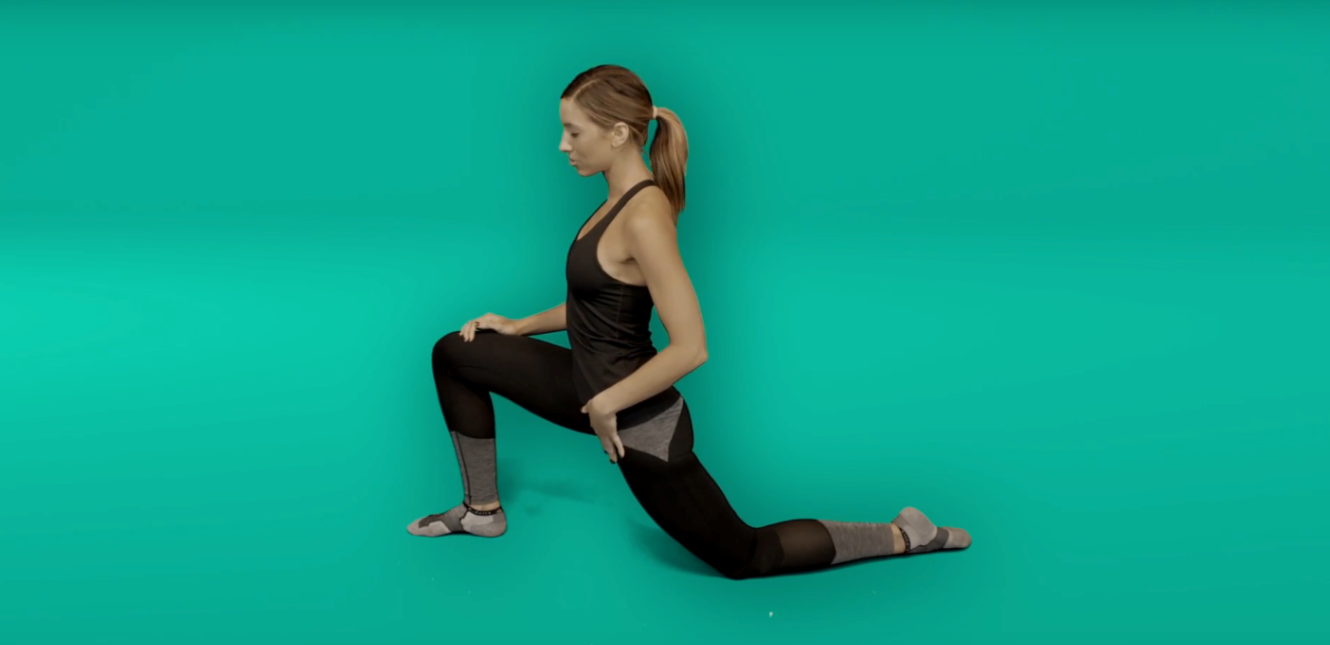
What are the benefits of strength exercises?
Peer reviewed by Dr Sarah Jarvis MBE, FRCGPLast updated by Lydia SmithLast updated 4 Mar 2020
Meets Patient’s editorial guidelines
- DownloadDownload
- Share
- Language
- Discussion
When we think of getting fit, most of us think of walking, running and other cardiovascular-based exercise. Although these are great ways to be active, many of us tend to avoid strength exercises, despite the many health benefits they can bring.
In this article:
Continue reading below
What are strength exercises?
A strength exercise is any activity that makes your muscles work harder than usual, which increases their strength, size, power and endurance. This involves using your body weight or working against some sort of resistance, to work specific muscle groups.
Lifting weights, climbing stairs, hill walking, cycling, sit-ups, squats, push-ups and using strength machines in the gym are all examples of strength exercise.
Muscle-strengthening activities help maintain the ability to perform everyday tasks and slow down the rate of bone and muscle loss associated with ageing. Health professionals also believe that improving your flexibility can improve your posture, reduce aches and pains, and lower your risk of injury, too. While it's not always possible to prevent a fall, building muscle strength via exercise can help reduce the likelihood of falls and injury in people over 50. Strength exercises can improve balance too, which can help reduce the risk.
"As we age - from 30 onwards - we slowly lose skeletal muscle mass and strength. This makes it important to perform regular strength training to ensure we slow this process as much as possible. This in turn allows us to continue to perform everyday activities, such as rising from a chair or climbing the stairs, in older age," says Dr Leigh Breen, senior lecturer in exercise physiology and metabolism at the University of Birmingham.
"The more muscle and strength we retain, the less likely we are to suffer from frailty, disability, metabolic diseases like type 2 diabetes, and early death. Stronger older adults with high levels of muscle mass have much better quality of life," he adds. "As we get older, regular aerobic exercise like brisk walking can help to support cardiorespiratory fitness and metabolic health, but does not do much for muscle mass and strength."
Alistair Hughes, a personal trainer, adds that improved muscular strength, better support to your skeletal structure, improved co-ordination and a more defined physique are just a few benefits of strength exercise.
"There is always an option for anyone, ranging from total novices to seasoned athletes. Strength training does not just translate to being able to lift bigger weights in the gym - it can massively improve your day-to-day quality of life by helping with your posture and stability," he adds.
"Not only that, but more lean muscle burns more calories, meaning you will use more energy by simply going about your normal day."
Does strength exercise support good mental health?
When we exercise, our bodies release brain chemicals called endorphins which help to relieve discomfort and boost our mood. A 2017 study by the Black Dog Institute found regular exercise of any intensity can help prevent depression - and just one hour a week can help. In addition, strength training can help improve mental health and self-esteem, particularly if we can see ourselves gradually getting stronger.
"A former client of mine came to me feeling weak and exhausted so much of the time, believing she could barely do any exercise at all," says Hughes. "Over the course of four weeks, with a combination of weightlifting and basic yoga, she more than doubled many of her starting weights and she told me that she already felt more like her old self again.
"A strong body can make us feel more confident in our own skin and feel more capable of completing any physical task laid in front of us," he adds.
Continue reading below
Why should we do both cardio and strength exercise?
Many of us put more focus on burning calories, rather than also making sure our bodies stay strong. However, our ever more sedentary lifestyles mean we aren't getting any of the regular strength training we need to keep a healthy balance, Hughes says. It's a good idea to mix up the types of exercise you do and it can make it more fun too, rather than just doing the same thing.
"Cardio exercise is fantastic for improving your heart and lung function, maintaining healthy blood pressure and burning a high amount of calories in the process," Hughes says. "But when we consider the body's strength and aesthetics, cardio training will only take you so far.
"From a health perspective, your skeleton requires the support of strong muscles to keep you moving smoothly and pain-free as you progress through life. This type of strength can only be found from doing resistance training and it can be as simple as performing squats or push-ups."
Strength exercises also help you get better at cardiovascular exercises such as running or jogging.
"Athletes like Usain Bolt go through rigorous strength training conditioning to ensure they can create the power they need to run that fast," Hughes explains. "If your goal is more focused around distance running, then strength training can aid you greatly in injury prevention.
"If you are ever finding you are getting pain in your ankles, shins, thighs, hips or even your back from running, it is likely that strengthening the corresponding muscle group will help to alleviate that and improve your performance."
How to start strength training
For general health, try to do at least 150 minutes of moderate-intensity aerobic activity a week, as well as muscle-strengthening activities on two days a week. But if you're doing vigorous-intensity aerobic activity, you should be able to get all your week's aerobic and muscle-strengthening requirements from 75 minutes of activity. Everyone over 50 should do a combination of both aerobic and specific muscle group exercises, according to the Department of Health.
If you are new to strength training, gym classes involving weights can be a good way to get started, as an instructor can show you how to use them properly to avoid injury.
You can also do exercises which only involve your own body weight, such as sit-ups, squats and lunges. There are many easy-to-follow videos on YouTube. Weights machines at the gym are easy to use once you've been shown how by a fitness instructor and you can tailor them to your abilities.
"If you're ever unsure, there is a wealth of information online or, even better, seek the help of a professional trainer who will be able to help you build up a plan that works for you," Hughes says.
Patient picks for Exercise and physical activity

Healthy living
Video: Hip pain exercises
Hip injuries are common in all age groups. The most common cause of chronic (long-standing) hip pain in adults is osteoarthritis. Because the hip is such a complex joint, hip pain can be caused by many different things including: muscular injuries; ligament injuries; bursa injuries; cartilage tears; bone problems; fractures; reduced blood flow to the hip joint; or infection.
by Lilly Sabri, MHPC

Healthy living
Keeping kids active over Christmas
During the festive season most of us look forward to having a rest, treating ourselves to some delicious food and generally making merry. But while it's nice to give ourselves a break once in a while, two weeks of inactivity can really take its toll on our fitness. And for children, staying active is particularly important.
by Gillian Harvey
Continue reading below
Article history
The information on this page is peer reviewed by qualified clinicians.
4 Mar 2020 | Latest version

Ask, share, connect.
Browse discussions, ask questions, and share experiences across hundreds of health topics.

Feeling unwell?
Assess your symptoms online for free
Sign up to the Patient newsletter
Your weekly dose of clear, trustworthy health advice - written to help you feel informed, confident and in control.
By subscribing you accept our Privacy Policy. You can unsubscribe at any time. We never sell your data.